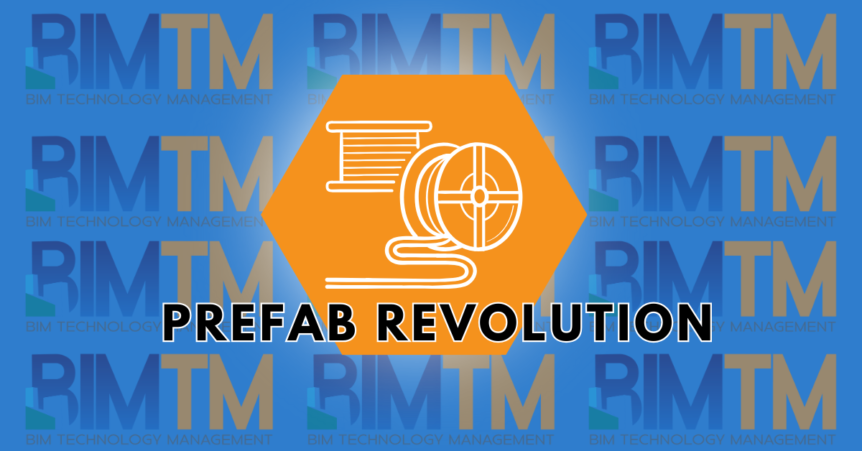Prefabrication, one of the most transformative advancements in the MEP industry, is revolutionizing the way we approach construction projects. This innovative process involves assembling intricate building components in a controlled environment before seamlessly integrating them into the construction site. From HVAC systems to plumbing, prefabrication offers numerous advantages that significantly impact project timelines, resource utilization, and overall efficiency.
Prefabrication; A Time-Honored Concept…
The concept of prefabrication is as old as civilization itself, with its origins dating back to ancient civilizations. The ancient Egyptians, renowned for their architectural marvels like the pyramids and the Roman’s columns and aqueducts employed rudimentary prefabrication methods to streamline their construction processes. Over millennia, this concept has evolved and continues to shape the modern construction landscape.
Today’s Prefabrication Revolution
In the contemporary construction landscape, prefabrication has evolved into a sophisticated and highly efficient construction method. Cutting-edge technologies such as BIM, CNC machining, and robotic assembly have propelled prefabrication into the 21st century. This modern approach encompasses the creation of entire building modules, MEP systems, and intricate architectural elements.
Here are The Benefits of Prefabrication:
Speed
Prefabrication reduces construction timelines by enabling concurrent off-site and on-site work. This efficiency becomes invaluable when faced with tight project deadlines or critical milestones.
Quality Control
Controlled factory environments guarantee precision and consistency during component manufacturing, minimizing the risk of defects or errors prevalent in traditional on-site construction.
Cost Efficiency
Reduced material waste, lower labor costs, and fewer construction delays translate into substantial cost savings. This accuracy in pricing alleviates budget constraints and concerns.
Sustainability
Prefabrication minimizes on-site waste and can incorporate sustainable materials and practices. In an era where environmental consciousness is prevalent, the waste reduction, energy efficiency, and recycling opportunities offered by prefabrication are key considerations.
Design Flexibility
Advanced technologies empower the creation of highly customized prefabricated components tailored to unique architectural and engineering requirements, eliminating the need to settle for second-best design options.
BIMTM’s Role in Driving Prefabrication
At the heart of BIMTM’s success lies its arsenal of cutting-edge use of software/ add-ins, services and expertise. These tools empower engineers, contractors, and architects to streamline every aspect of the prefabrication process. From advanced BIM services to VDC, BIMTM provides the means to design, simulate, and optimize MEP systems with unmatched precision, offering custom workflows tailored to individual company or project needs.
Shaping the Future of MEP Projects
In conclusion, BIMTM’s role in driving prefabrication within the MEP industry is nothing short of revolutionary. Armed with advanced software, unwavering expertise, and an firm commitment to excellence, BIMTM is reshaping the way we approach MEP projects. As the industry continues to evolve, BIMTM stands poised to lead the way, shaping the future of prefabrication in construction and engineering.
Ready to Transform Your MEP Projects?
Curious about how BIMTM can revolutionize your MEP projects? Contact us today for a consultation and discover the power of innovation in prefabrication. Join us in embracing the future of construction with confidence and efficiency.

